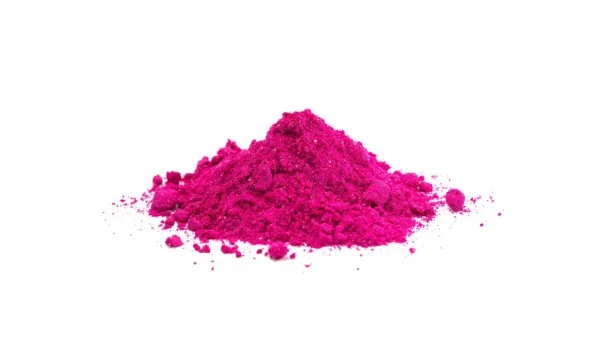Pink cocaine, despite its name, is not a type of cocaine. It is a synthetic drug, classified as phenylethylamine 2C-B, which includes a combination of pink food coloring, strawberry flavoring, ketamine, caffeine, and MDMA. This composition means that its effects more closely resemble those of ecstasy, rather than traditional cocaine. Originally developed in the 1970s by chemist Alexander Shulgin, it was intended for treating erectile dysfunction and enhancing libido, and was sold under names like Performax or Erox until its reclassification as a Schedule I Controlled substance in the United States in 1995. Pink cocaine is popular among teens and young adults in the club scene, and its use can lead to a range of side effects, including hallucinations, euphoria, nausea, rapid heartbeat, and in severe cases, seizures and respiratory depression.

Pink Cocaine: The New Psychedelic Party Drug
